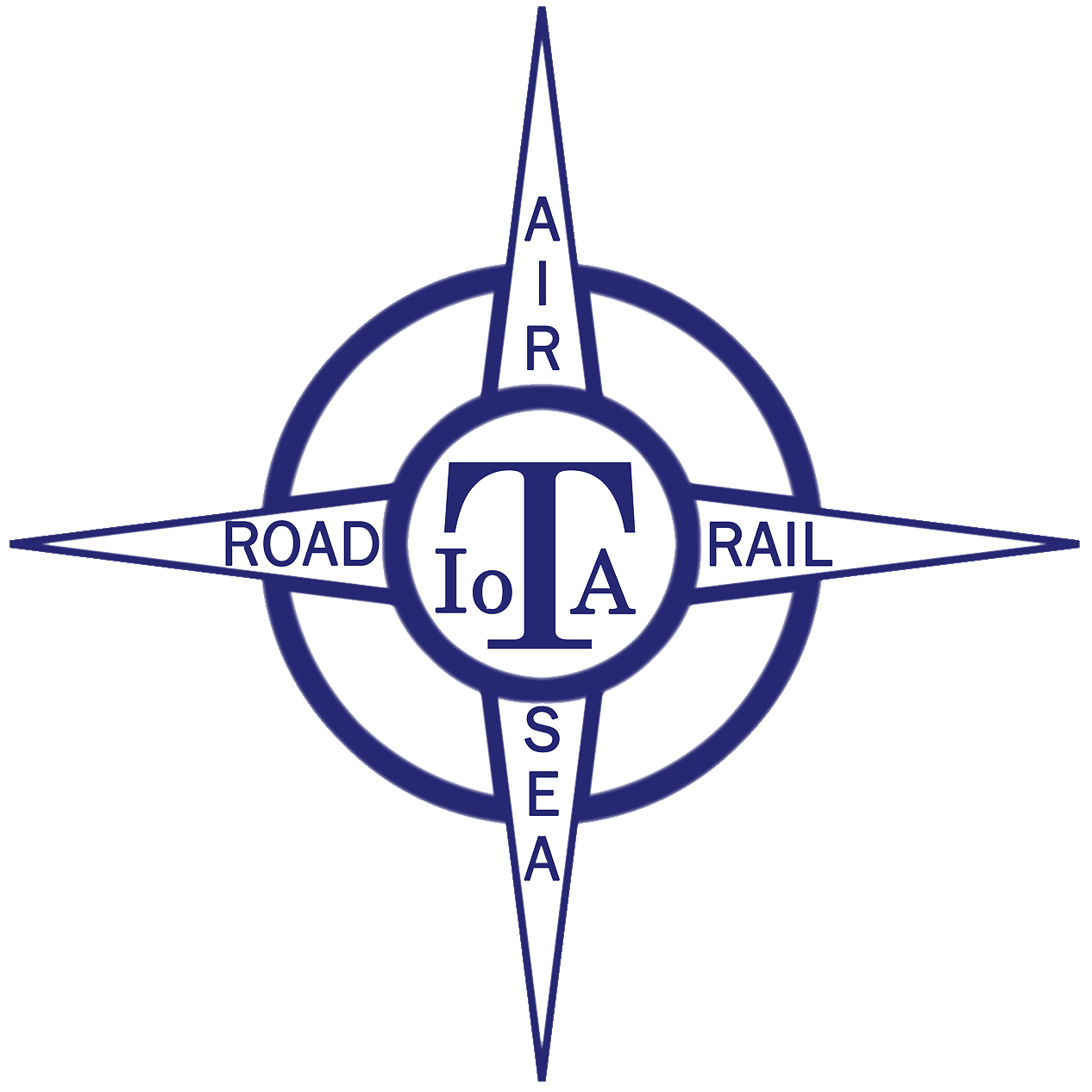Many recovery operators find themselves in the difficult predicament of working partly within scope of operator licencing and partly out of scope.
Deciding which elements of the business fall into which category and whether an operator’s licence is required is a bit of a minefield.
I have summarised the legal position to date, although it is well worth taking advice on whether YOUR operation is exempt or not.
The Legal Framework
Schedule 3 for the Goods Vehicles Regulations 1995, lists the categories of goods vehicles that are exempt from operator licensing. Schedule 3 paragraph 27 confirms that a “recovery vehicle” is exempt from the requirement for an Operator’s Licence to be held.
A “recovery vehicle” is defined in Part 5 of Schedule 1 to the Vehicle and Excise and Registration Act 1994 as “a vehicle which is constructed or permanently adapted primarily for any one of the purposes of lifting, towing and transporting a disabled vehicle”.
The difficulty has been in determining what is meant by disabled?
There are essentially two considerations for determining whether a vehicle is a recovery vehicle (and so exempt) as follows:
1. What type of vehicle being used
2. The purpose to which the vehicle is being put.
i) Type
According to the Vehicle Excise and Registration Act 1994, a recovery vehicle is “a vehicle which is constructed or permanently adapted primarily for any one or more of the purposes of lifting, towing and transporting a disabled vehicle”.
In physical construction this means that a recovery vehicle could be anything from a heavy wrecker, to a flatbed with ramps and winch, to a transit van and tow dolly. Other Acts and Regulations mention recovery vehicles, but they all refer back to the only legal definition contained in the aforementioned Act.
ii) Purpose
In addition to its physical construction, a recovery vehicle must also be used for one of the following purposes:
1. Recovery of a disabled vehicle
2. The removal of a disabled vehicle from the place where it became disabled to premises at which it is to be repaired or scrapped.
3. The removal of a disabled vehicle from premises to which it was taken for repair to other premises at which it is to be repaired or scrapped.
4. Carrying fuel and other liquids required for its propulsion, and tools and other articles required for the operation of, or in connection with, apparatus designed to lift, tow, or transport a disabled vehicle.
5. At the request of a constable or a local authority empowered by, or under statute, to remove a vehicle from a road, removing such a vehicle, which need not be a disabled vehicle, to a place nominated by the constable or local authority.
It is clear that the ‘spirit of the legislation’ is to allow for companies to collect and move immobile vehicles without an Operator’s licence. In my view a 2019 decision of the Administrative Court (looked at later in this blog) extended this to vehicles which are not safe to drive.
The DVSA Guidance is a good starting point and says this:
“A disabled vehicle is one which cannot reasonably be driven due to mechanical failure or dangerous components, or even incapable of use in the reasoned opinion of the recovery operator. It is not sufficient to deliberately disable a vehicle (eg disconnect the battery) to call it disabled for the purposes of defining a recovery vehicle. However, recovery of a disabled vehicle applies to roadside scenarios or vehicles situated within private premises”.
If you collect disabled vehicles from customer premises (that have not ‘broken down’ there), you are going to encounter difficulty in establishing that this falls within one of the stated purposes.
Similarly, the collection of vehicles that are not commercially repairable is likely to fall within the licensing regime and is not an exempt activity. The collection of vehicles from car auctions or scrap yards will not be ‘recovery’ if the vehicle is ‘safe to drive’. If a vehicle is repaired and then returned to the customer, that return journey is not classed as recovery.
If you collect vehicles on behalf of an insurance company, in circumstances where you are not ‘roadside recovery’ make sure that the activity comes within one of the stated purposes, or you risk prosecution.
As a rule of thumb only vehicles which cannot be safely driven are likely to be regarded as ‘disabled’.
In the court, the definition of recovery has been repeatedly narrowly defined. The default position is if you are using the vehicle for hire or reward or in connection with your trade or business, you require an Operator’s Licence. It is for you to establish to the Courts satisfaction that the exemption applies.
Read CE Transport Law’s example of a useful case:
The case of DVSA & Classic Restoration & Services Ltd was determined at the Administrative Court on the 16th January 2019 EWHC 718 (Admin).
Restricted or Standard National?
If you have decided that elements of your operation DO fall within operator licencing, the next question is which type of licence to apply for. If you wish to collect vehicles belonging to other companies or businesses, (to include other companies owned by you), then you would need a Standard National Operator’s Licence. It is only if you are collecting your own goods, that you would be able to operate under a Restricted Licence. NB – The rules in relation to drivers’ hours compliance for recovery operators has not been explored in this blog and operates within a different legal framework.
Guidance for recovery vehicles:
https://www.avrouk.com/images/ul/guide-for-recovery-operations.pdf
Source: CE Transport Law
